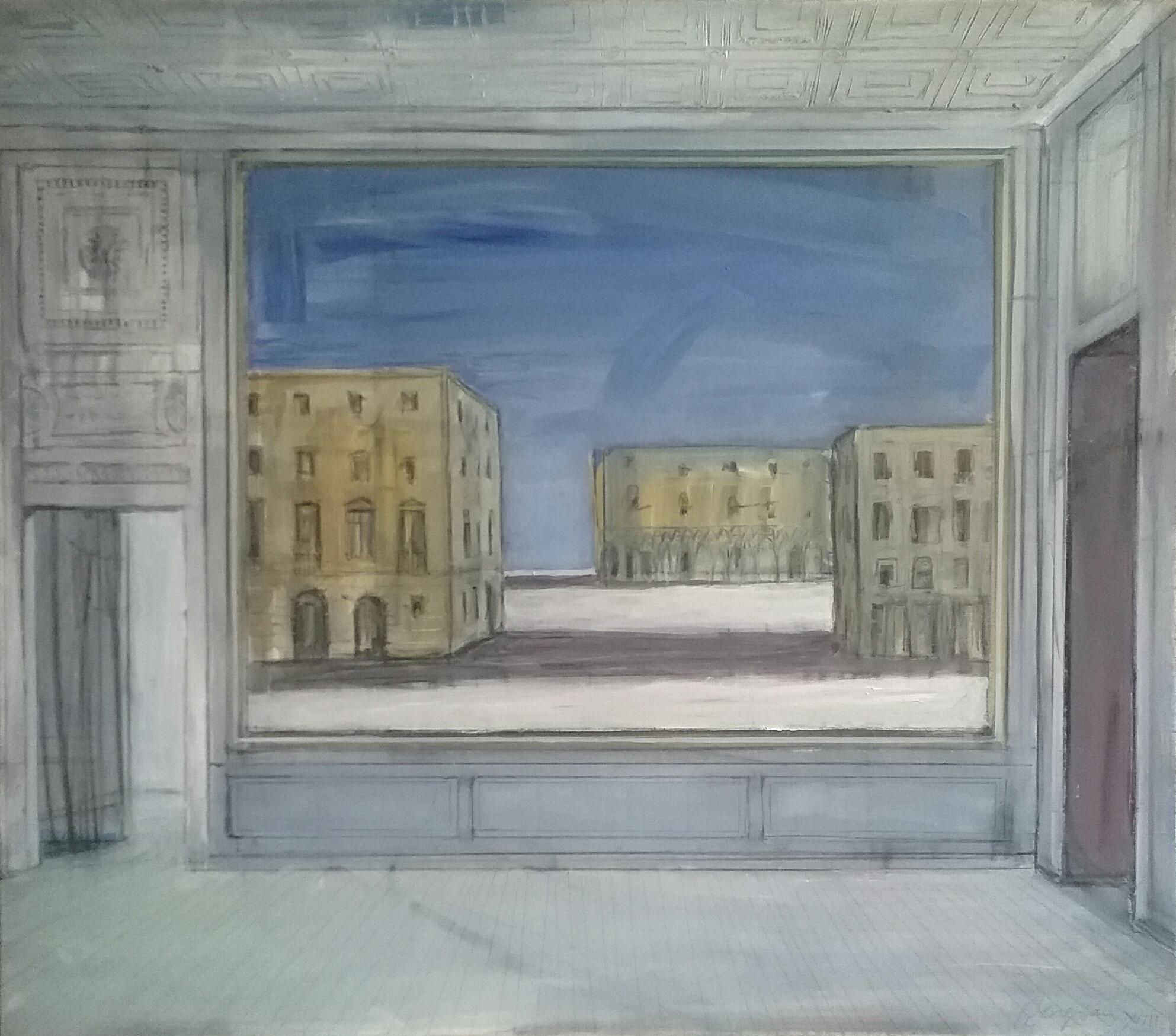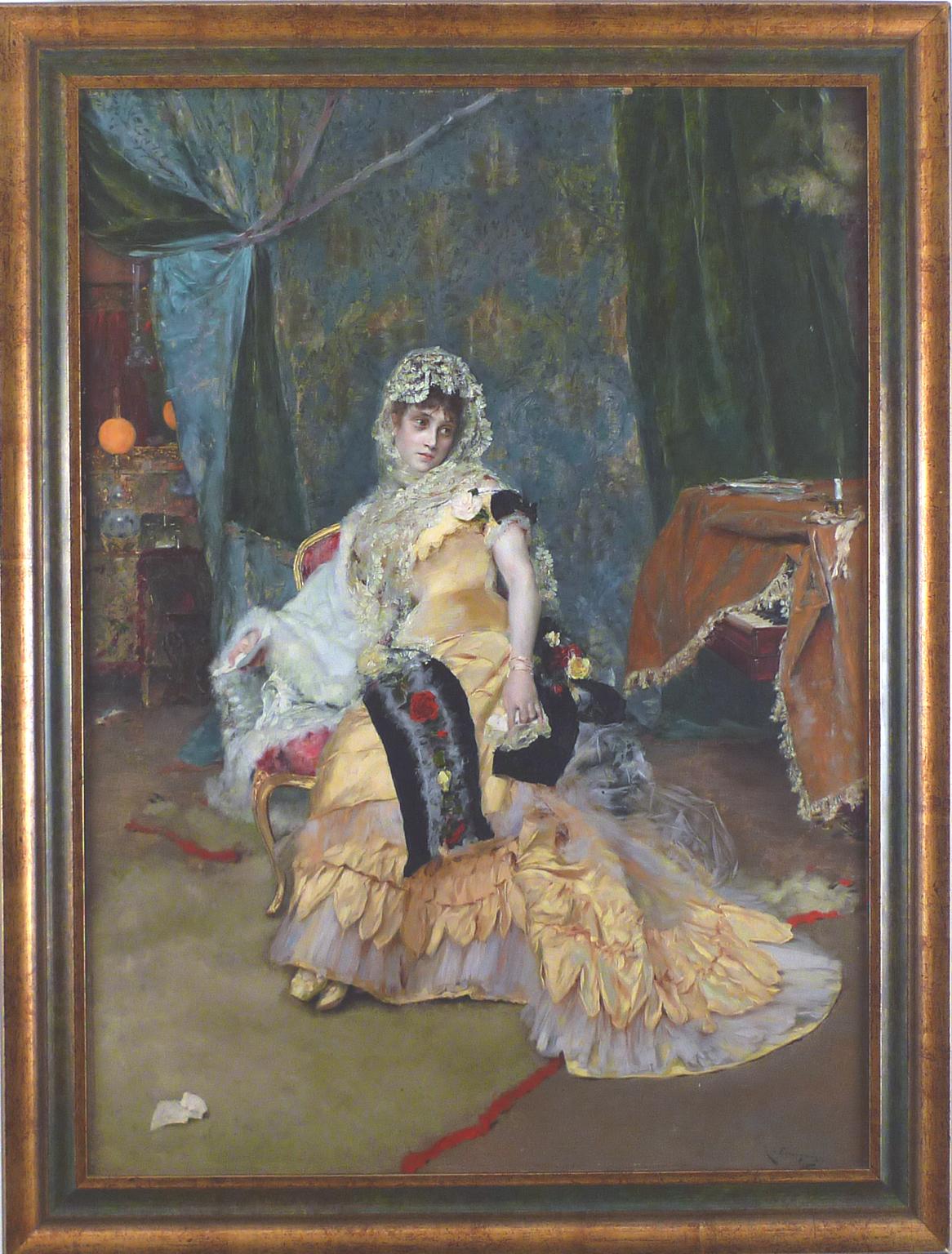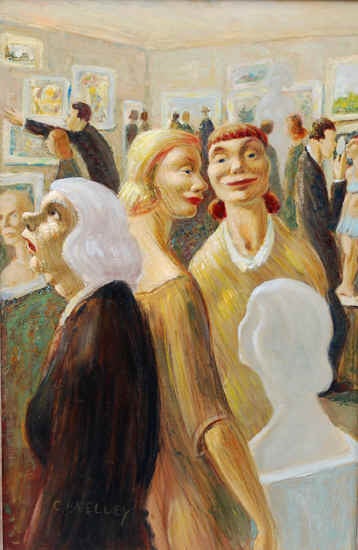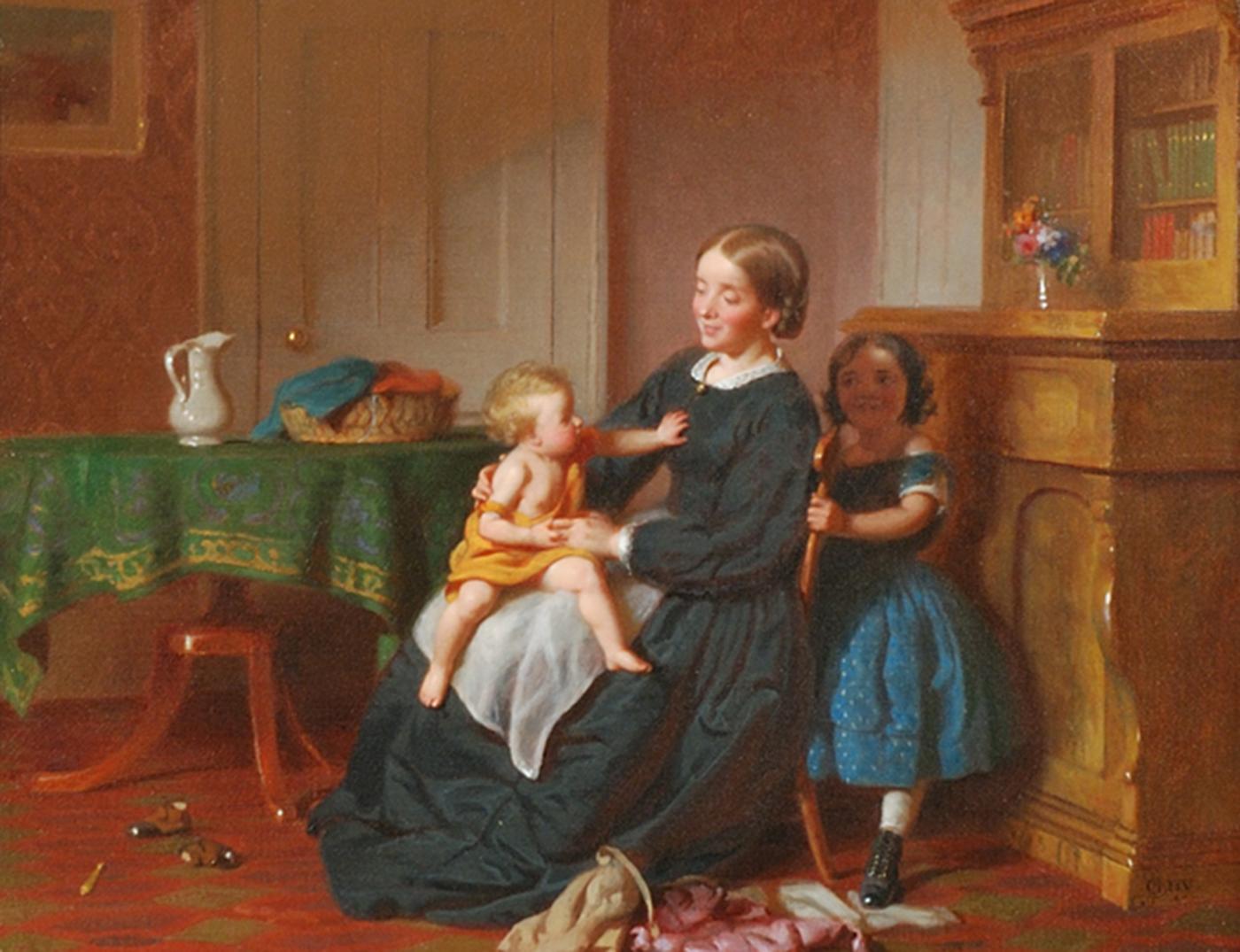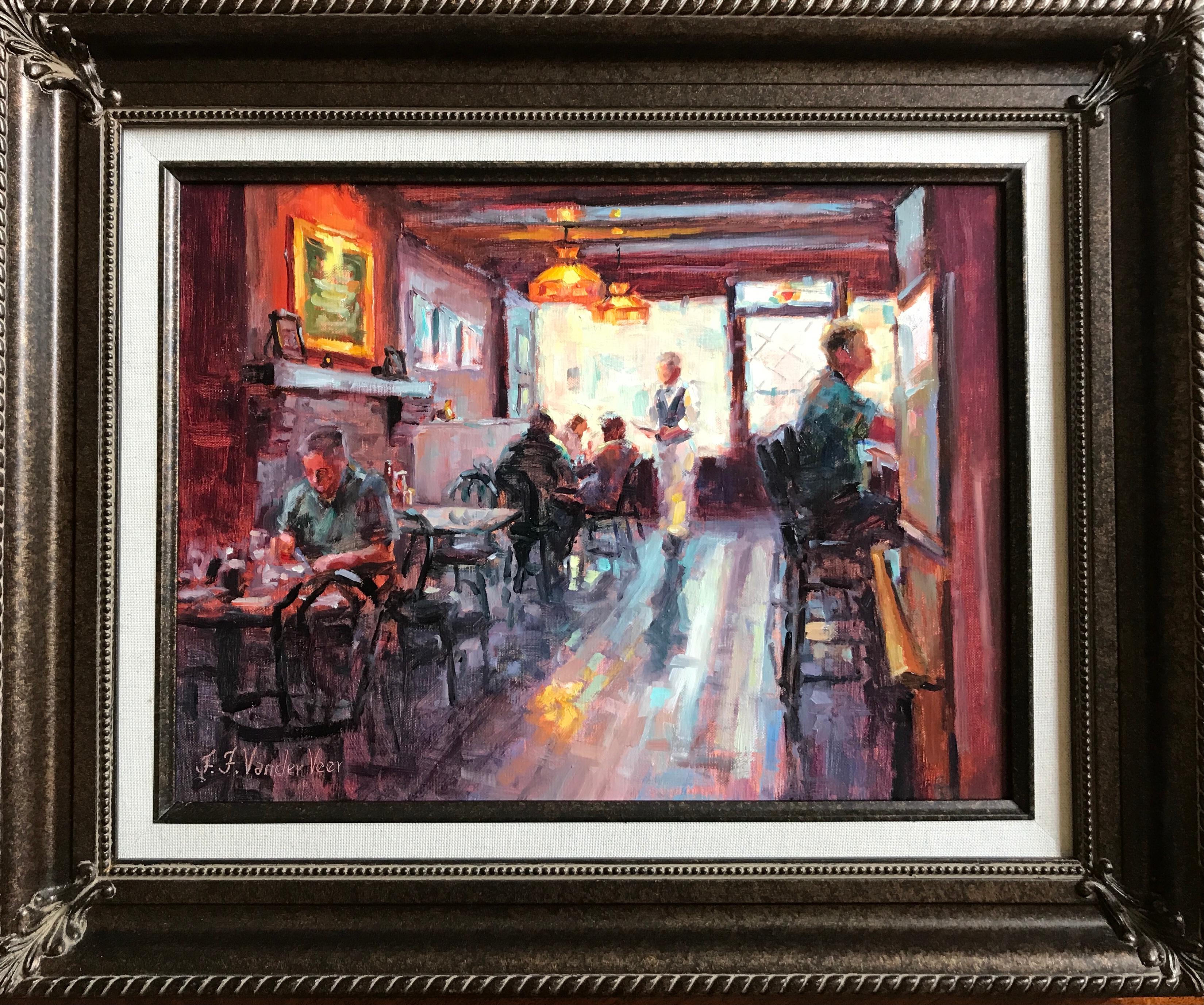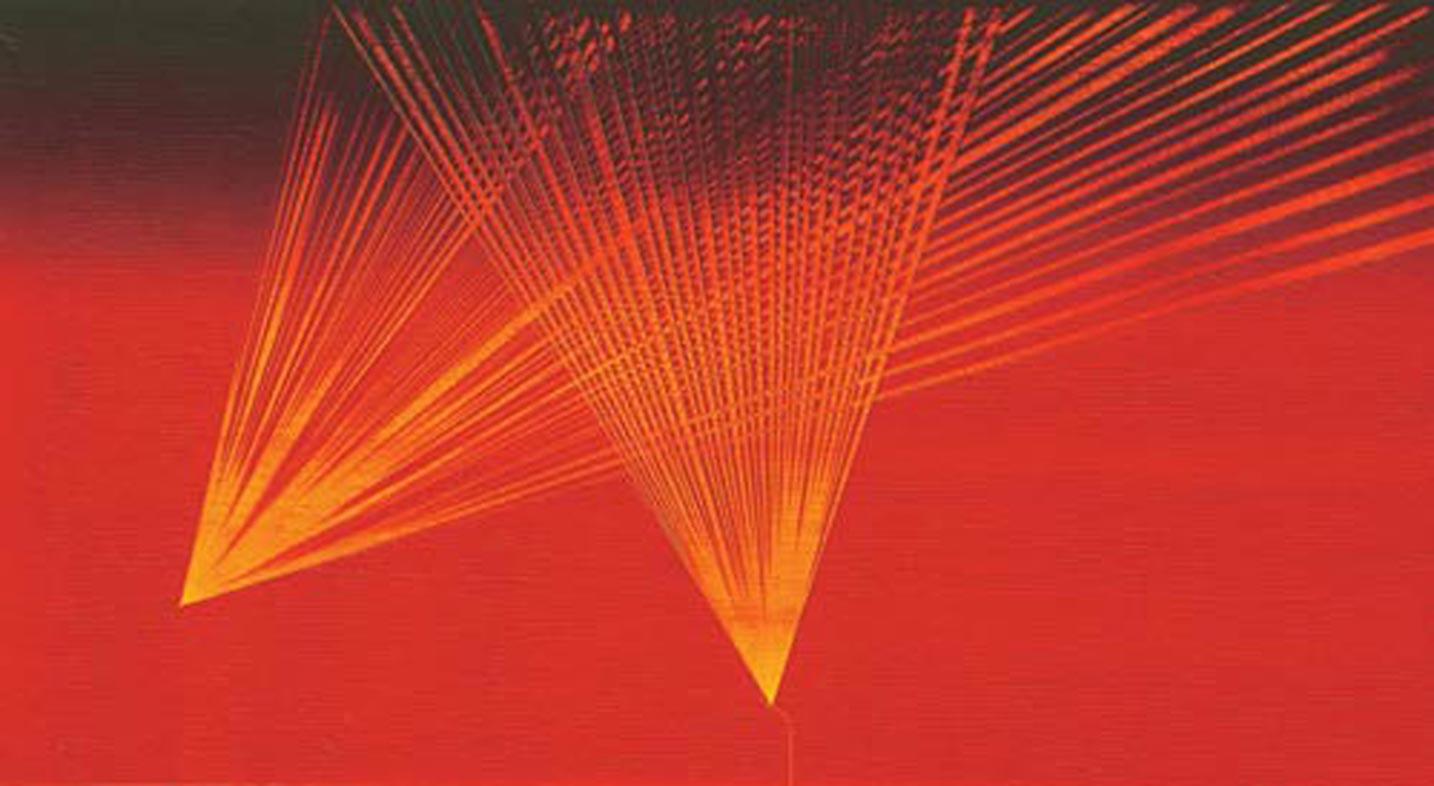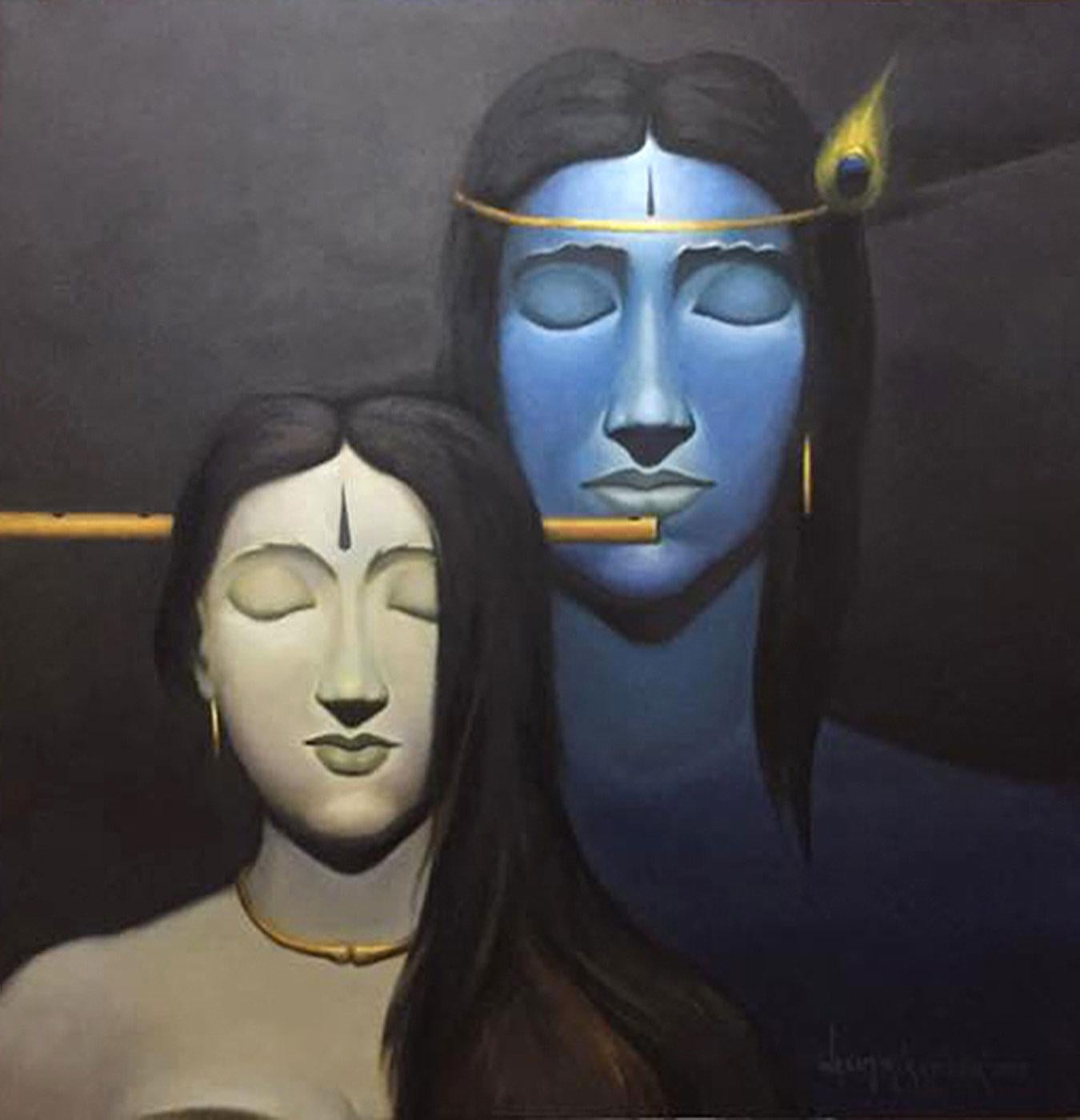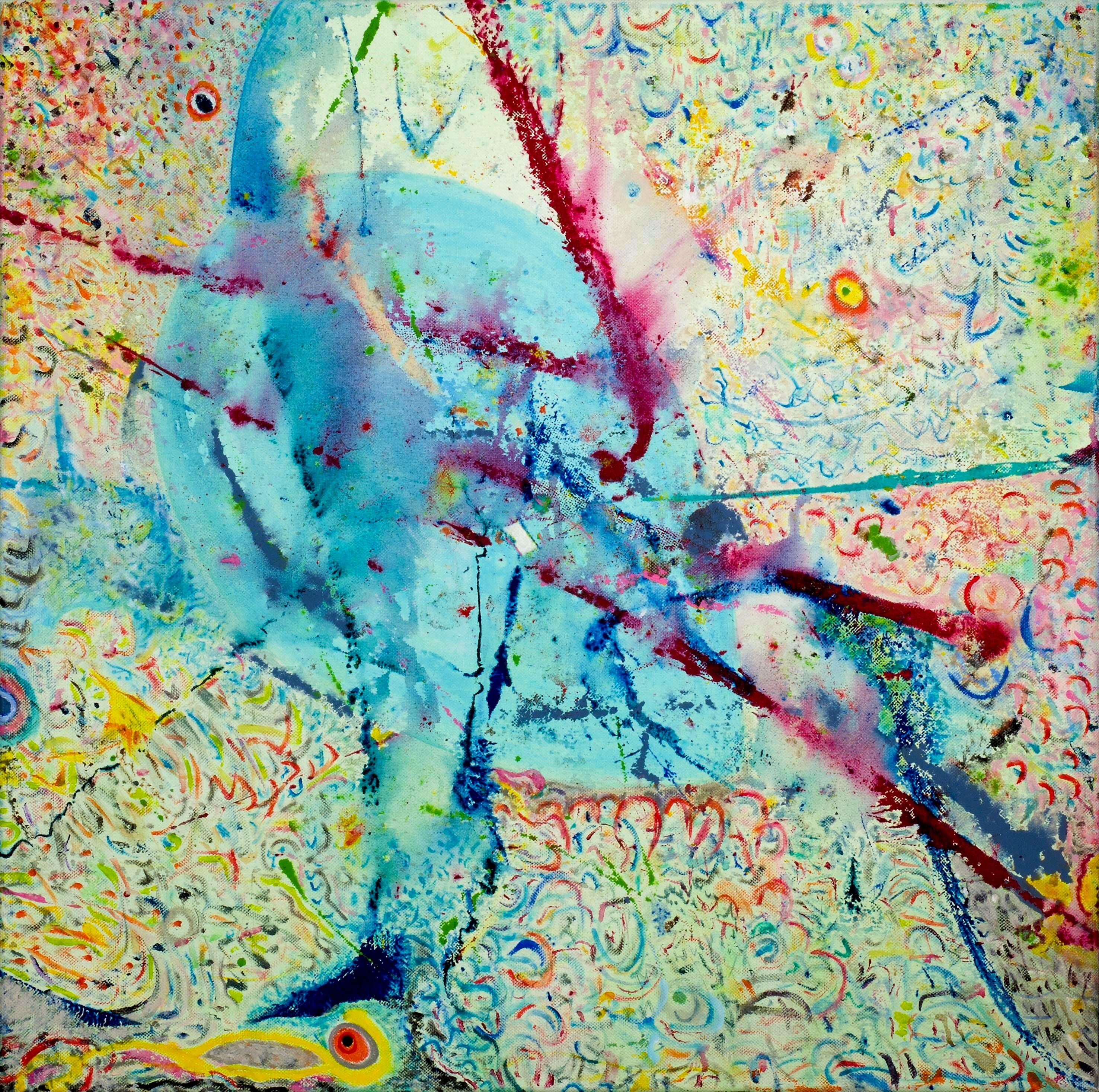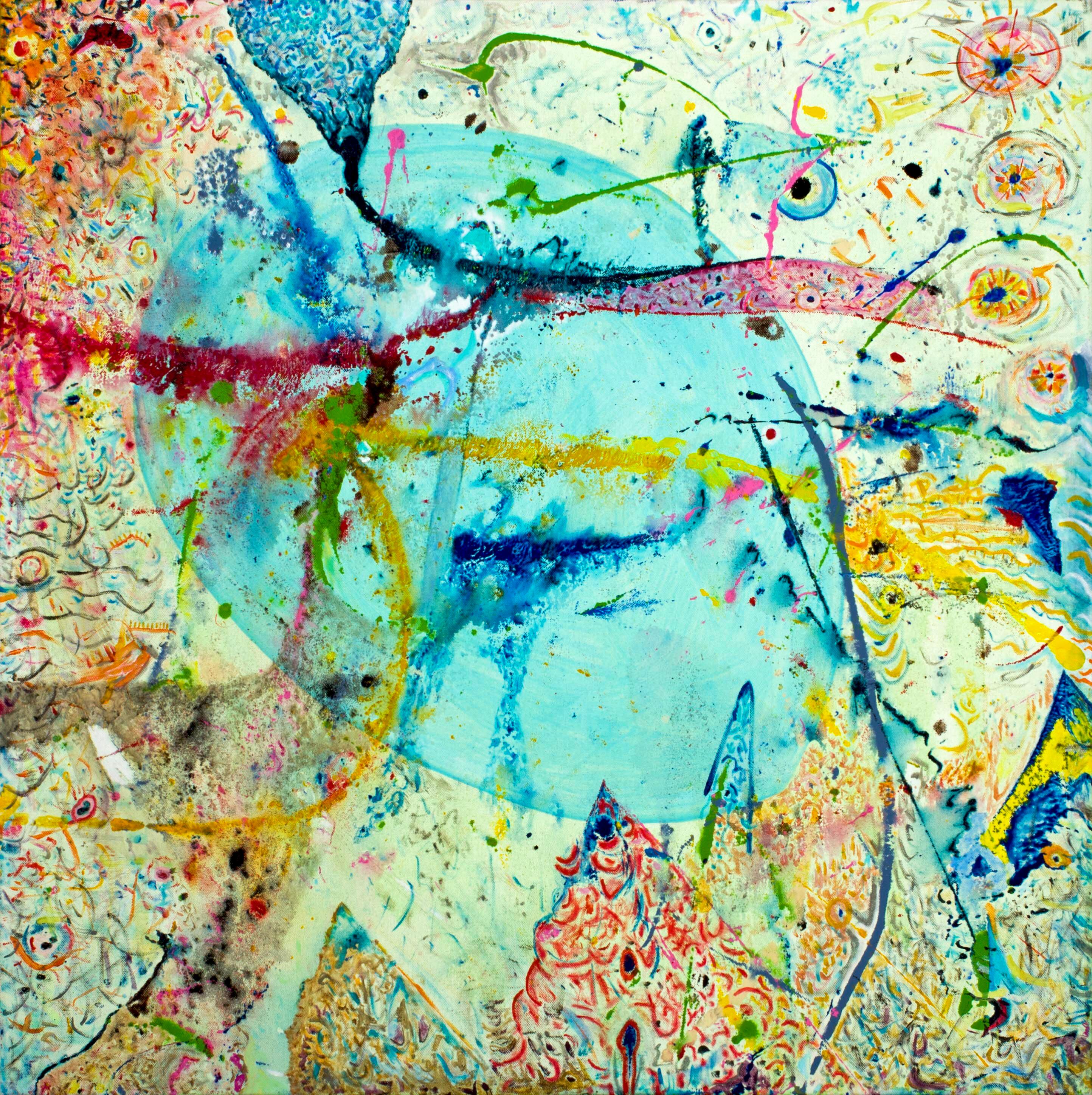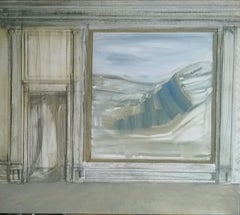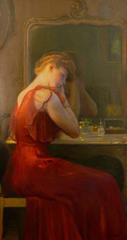
La Parure
1 of 9
Sandor Leopold LandeauLa Parure
About the Item
- Creator:Sandor Leopold Landeau (1864 - 1924, American, Hungarian)
- Dimensions:Height: 60 in (152.4 cm)Width: 33 in (83.82 cm)
- More Editions & Sizes:Price: $27,500
- Medium:
- Period:
- Condition:
- Gallery Location:Cleveland, OH
- Reference Number:1stDibs: LU10021951173
You May Also Like
- Near to VicenzaBy Pierre BergianLocated in New Orleans, LABelgium based artist, Pierre Bergian, expresses his fascination with architecture through his paintings by exploring space and structure. Old abandoned houses and their air of myster...Category
2010s Contemporary Interior Paintings
MaterialsCanvas, Oil
Price Upon Request - Mountain in the RoomBy Pierre BergianLocated in New Orleans, LABelgium based artist, Pierre Bergian, expresses his fascination with architecture through his paintings by exploring space and structure. Old abandoned houses and their air of myster...Category
2010s Contemporary Interior Paintings
MaterialsCanvas, Oil
Price Upon Request - Three Paintings in the MuseumBy Pierre BergianLocated in New Orleans, LABelgium based artist, Pierre Bergian, expresses his fascination with architecture through his paintings by exploring space and structure. Old abandoned houses and their air of myster...Category
2010s Contemporary Interior Paintings
MaterialsOil, Panel
Price Upon Request - "Lady in yellow", 19th Century oil on panel by Rogelio de Egusquiza y BarrenaBy Rogelio de Egusquiza y BarrenaLocated in Madrid, ESROGELIO DE EGUSQUIZA Y BARRENA LADY IN YELLOW signed "R. Egusquiza" (lower right) oil on panel 28-5/8 X 20-3/4 inches (72.5 X 52.7 cm.) framed: 32-5/8 X 24-3/4 inches (82.5 X 62.5 cm.) Rogelio de Egusquiza y Barrena (1845 – 10 February 1915) was a Spanish painter, known for his friendship with the German composer Richard Wagner, whose works he helped make familiar in Spain He was born in El Astillero, into a well-to-do family. He studied in Madrid and with Léon Bonnat at the École des Beaux-Arts in Paris. In 1868, after travelling and participating several times in the National Exhibition of Fine Arts, he returned to Paris and settled there. At first, he painted historical scenes, but later turned to genre scenes and portraits in the Academic style. Following the death of Marià Fortuny, he moved to Rome at the invitation of the Madrazos, Raimundo and Ricardo, taking Fortuny's place at their studio through 1875 and attending classes at the Spanish Academy in Rome. He heard Wagner's music for the first time in 1876, after returning to Paris. Three years later, he travelled to Munich to hear a performance of The Ring of the Nibelungen. His enthusiasm for what he heard led him to go to Bayreuth, where he introduced himself to Wagner and became his friend. In the following years, he and Wagner got together again several times; in Venice (1880), Berlín (1881) and Bayreuth (1882); where he was a guest at the premiere of Parsifal. After his first meeting with Wagner, he decided to devote his career to doing works on Wagnerian themes; mostly portraits of the characters rather than specific scenes. During his visits to Germany, he also created portraits of Arthur Schopenhauer (posthumous) and King Ludwig II...Category
1880s Realist Interior Paintings
MaterialsOil, Panel
- The Art GalleryBy Clyde Frederick KelleyLocated in West Hollywood, CAClyde Frederick Kelley (1886-1965) lived and worked in New York as an illustrator before settling in San Diego in 1924. Throughout his career he specialized in figurative, genre subjects that depicted American life in the 1930s-1950??™s; his paintings mirrored the paintings of the American...Category
1930s Figurative Paintings
MaterialsOil, Panel
Price Upon Request - Peek-a-BooBy Seymour Joseph GuyLocated in New York, NYIn the latter half of the nineteenth century and into the first decade of the twentieth, New York City art aficionados could count on finding recent work of Seymour Joseph Guy hanging on the walls of the city’s major galleries. Primarily a genre artist, but also a portraitist, between 1859 and 1908 Guy showed more than seventy works at the National Academy of Design. From 1871 to 1903 he contributed over seventy times to exhibitions at the Century Club. From 1864 to 1887, he sent about forty pictures to the Brooklyn Art Association. A good number of these works were already privately owned; they served as advertisements for other pictures that were available for sale. Some pictures were shown multiple times in the same or different venues. Guy was as easy to find as his canvases were omnipresent. Though he lived at first in Brooklyn with his family and then in New Jersey, from 1863 to his death in 1910 he maintained a studio at the Artist’s Studio Building at 55 West 10th Street, a location that was, for much of that period, the center of the New York City art world. Guy’s path to a successful career as an artist was by no means smooth or even likely. Born in Greenwich, England, he was orphaned at the age of nine. His early interest in art was discouraged by his legal guardian, who wanted a more settled trade for the young man. Only after the guardian also died was Guy free to pursue his intention of becoming an artist. The details of Guy’s early training in art are unclear. His first teacher is believed to have been Thomas Buttersworth...Category
19th Century American Realist Figurative Paintings
MaterialsCanvas, Oil
$110,000
